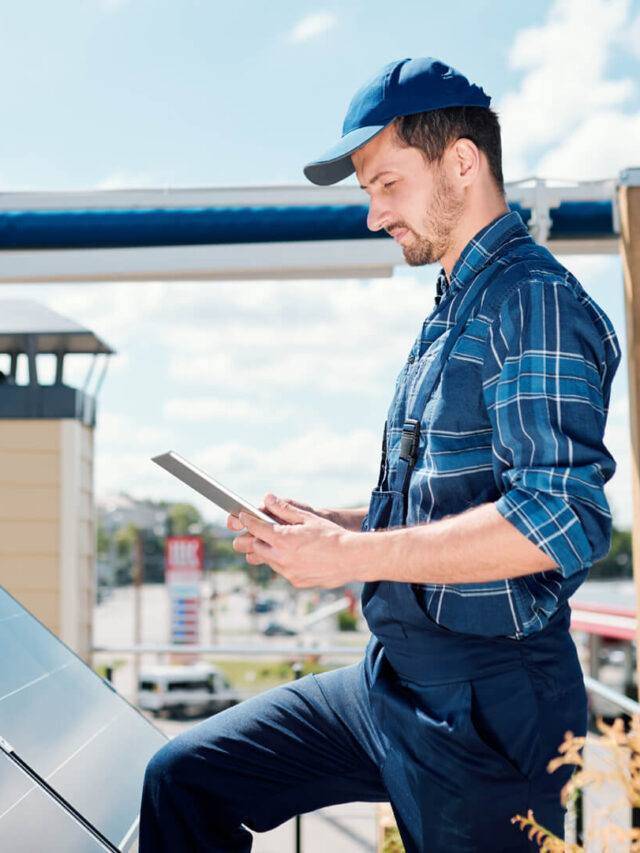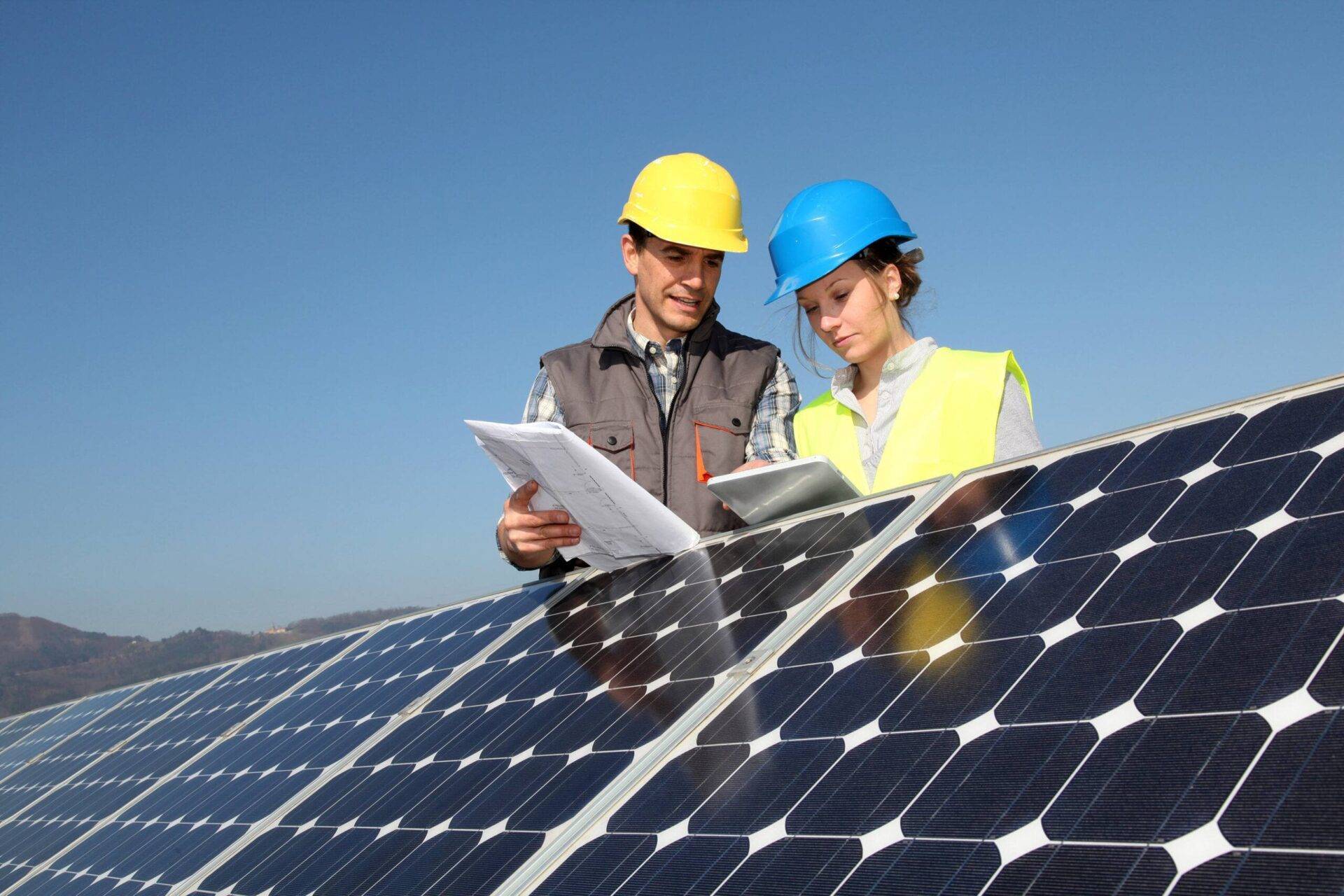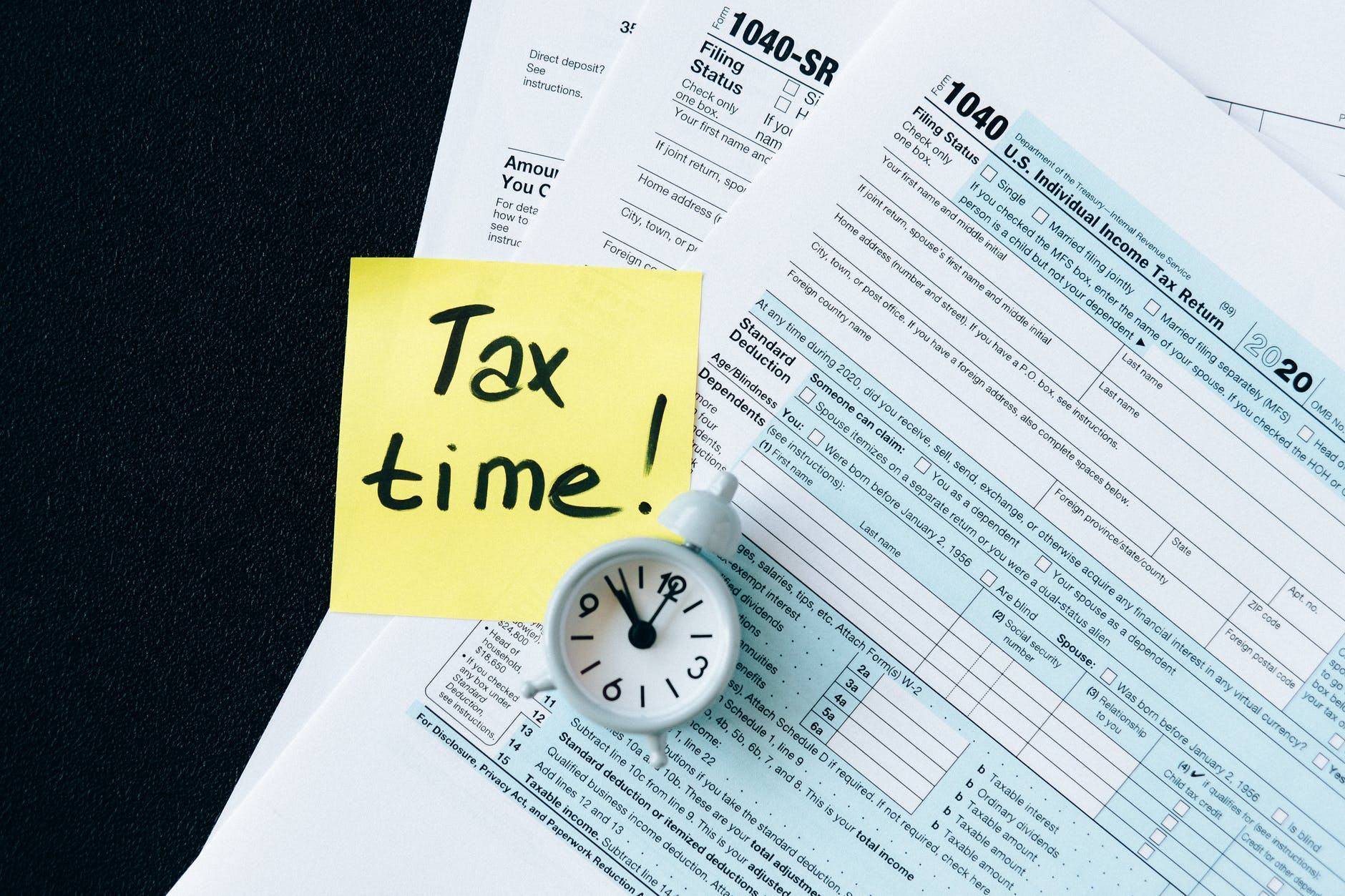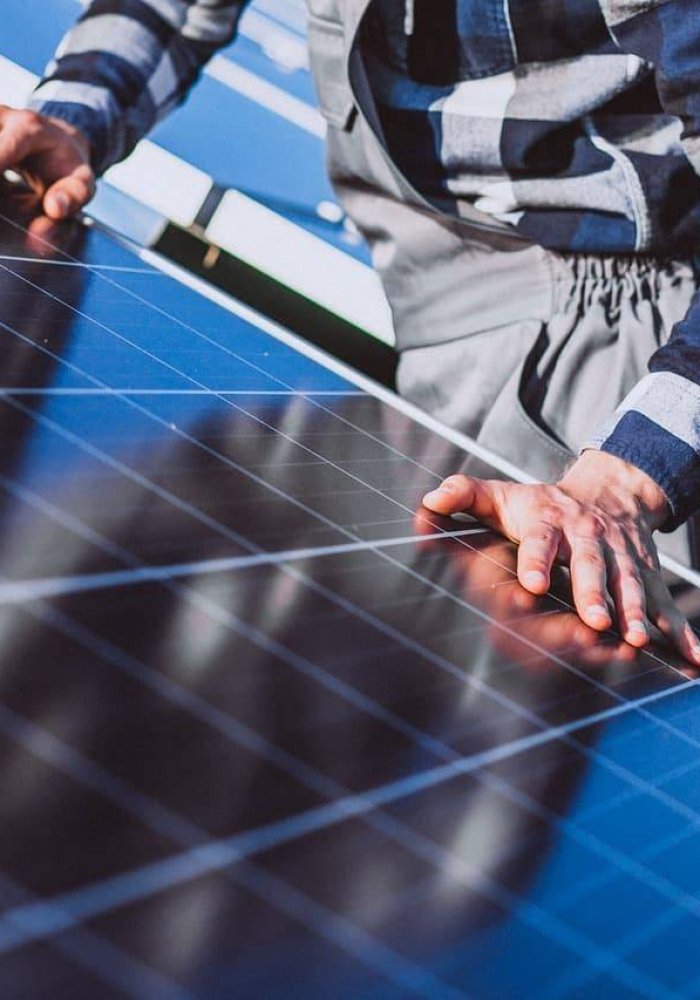


Unlike most solar companies, we design and engineer every system that bears the Syntek name. Feel great knowing you’ve chosen the most efficient and reliable solar system available
The Frederick County Planning Commission voted unanimously Wednesday night to recommend that county supervisors grant a conditional use permit (CUP) for the construction of an enormous solar power plant near Stephens City. Richmond-based Urban Grid, representing Foxglove Solar LLC of Stevensville, Maryland, plans to spend about $101 million to develop the facility on approximately 669 acres in the vicinity of Hites, Marlboro, Klines Mill, Clark and Vaucluse roads in the county’s Back Creek District.
As of November 2021, the average solar panel cost in Winchester, VA is \$2.79/W. Given a solar panel system size of 5 kilowatts (kW), an average solar installation in Winchester, VA ranges in cost from \$11,858 to \$16,042, with the average gross price for solar in Fairfax, VA coming in at \$13,950.


Wikipedia Article
Indigenous peoples lived along the waterways of present-day Virginia for thousands of years before European contact. Archeological, linguistic and anthropological studies have provided insights into their cultures. Though little is known of specific tribal movements before European contact, the Shenandoah Valley area, considered a sacred common hunting ground, appears by the 17th century to have been controlled mostly by the local Iroquoian-speaking groups, including the Senedo and Sherando.
The Algonquian-speaking Shawnee began to challenge the Iroquoians for the hunting grounds later in that century. The explorers Batts and Fallam in 1671 reported the Shawnee were contesting with the Iroquoians for control of the valley and were losing. During the later Beaver Wars, the powerful Iroquois Confederacy from New York (particularly Seneca from the western part of the territory) subjugated all tribes in the frontier region west of the Fall Line.
By the time European settlers arrived in the Shenandoah Valley around 1729, the Shawnee were the principal occupants in the area around Winchester. During the first decade of white settlement, the valley was also a conduit and battleground in a bloody intertribal war between the Seneca and allied Algonquian Lenape from the north, and their distant traditional enemies, the Siouan Catawba in the Carolinas. The Iroquois Six Nations finally ceded their nominal claim to the Shenandoah Valley at the Treaty of Lancaster (1744). The treaty also established the right of colonists to use the Indian Road, later known as the Great Wagon Road.
The father of the historical Shawnee chief Cornstalk had his court at Shawnee Springs (near today’s Cross Junction, Virginia) until 1754. In 1753, on the eve of the French and Indian War (Seven Years’ War), messengers came to the Shawnee from tribes further west, inviting them to leave the Valley and cross the Alleghenies, which they did the following year.[9][10] The Shawnee settled for some years in the Ohio Country before being forced by the US government under Indian Removal in the 1830s to remove to Indian Territory.
Winchester had a notable role as a frontier city in those early times. The Governor of Virginia, as well as the young military commander George Washington, met in the town with their Iroquois allies (called the “Half-Kings“), to coordinate maneuvers against the French and their Native American allies during the French and Indian War.
French Jesuit expeditions may have first entered the valley as early as 1606, as the explorer Samuel de Champlain made a crude map of the area in 1632. The first confirmed exploration of the northern valley was by the explorer John Lederer, who viewed the region from the current Fauquier and Warren County line on August 26, 1670. In 1705 the Swiss explorer Louise Michel and in 1716 Governor Alexander Spotswood did more extensive mapping and surveying.
In the late 1720s, Governor William Gooch promoted settlement by issuing large land grants. Robert “King” Carter, manager of the Lord Fairfax proprietorship, acquired 200,000 acres (810 km2). This combination of events directly precipitated an inrush of settlers from Pennsylvania and New York, made up of a blend of Quakers and German and Scots-Irish homesteaders, many of them new immigrants. The Scots-Irish comprised the most numerous group of immigrants from the British Isles before the American Revolutionary War.[11]
The settlement of Winchester began as early as 1729, when Quakers such as Abraham Hollingsworth migrated up (south) the Great Valley along the long-traveled Indian Path (later called the Great Wagon Road by the colonists) from Pennsylvania. He and others began to homestead on old Shawnee campgrounds. Tradition holds that the Quakers purchased several tracts on Apple-pie Ridge from the natives, who did not disturb those settlements.[12]
The first German settler appears to have been Jost Hite in 1732, who brought ten other families, including some Scots-Irish. Though Virginia was an Anglican colony, Governor William Gooch had a tolerant policy on religion. The availability of land grants brought in many religious families, who were often given 50-acre (200,000 m2) plots through the sponsorship of fellow-religious grant purchasers and speculators. As a result, the Winchester area became home to some of the oldest Presbyterian, Quaker, Lutheran and Anglican churches in the valley. The first Lutheran worship was established by Rev. John Casper Stoever Jr., and Alexander Ross established Hopewell Meeting for the Quakers. By 1736, Scots-Irish built the Opequon Presbyterian Church in Kernstown.
A legal fight erupted in 1735 when Thomas Fairfax, Sixth Lord Fairfax came to Virginia to claim his land grant. It included “all the land in Virginia between the Rappahannock and the Potomac rivers”, an old grant from King Charles II which overlapped and included Frederick County. It took some time for land titles to be cleared among early settlers.
By 1738 these settlements became known as Frederick Town. The county of Frederick was carved out of Orange County. The first government was created, consisting of a County Court as well as the Anglican Frederick Parish (for purposes of tax collection). Colonel James Wood, an immigrant from Winchester, England, was the first court clerk and had been a surveyor for Orange County, Virginia. He contracted for his own home Glen Burnie homstead around 1737, and it may have been used for early government business.[13] Wood laid out 26 half-acre (2,000 m²) lots in 1744.[13] The County Court held its first session on November 11, 1743, where James Wood served until 1760. Lord Fairfax, understanding that possession is 9/10ths of the law, built a home here (in present-day Clarke County) in 1748.
In February 1752,[14] the Virginia House of Burgesses granted the fourth city charter in Virginia to ‘Winchester’ as Frederick Town was renamed after Colonel Wood’s birthplace in England. In 1754, Abraham Hollingsworth built the local residence called Abram’s Delight, which served as the first local Quaker meeting house. George Washington spent a good portion of his young life in Winchester helping survey the Fairfax land grant for Thomas Fairfax, Sixth Lord Fairfax, as well as performing surveying work for Colonel Wood. In 1758 Wood added 158 lots to the west side of town. In 1759 Thomas Lord Fairfax contributed 173 more lots to the south and east.[15]
General Edward Braddock‘s expeditionary march to Fort Duquesne crossed through this area in 1755 on the way to Fort Cumberland. Knowing the area well from work as a surveyor, George Washington accompanied General Braddock as his aide-de-camp. Resident Daniel Morgan joined Braddock’s Army as a wagoner on its march to Pennsylvania.
In 1756, on land granted by James Wood, Colonel George Washington designed and began constructing Fort Loudoun, which ultimately covered 0.955 acres (3,860 m2) in present-day downtown Winchester on North Loudoun Street. Fort Loudoun was occupied and manned with guns until the start of the American Revolutionary War.
During this era, a jail was built in Winchester. It occasionally held Quakers from many parts of Virginia who protested the French and Indian War and refused to pay taxes to the Anglican parish. While their cousins in Pennsylvania dominated politics there, Virginia was an Anglican colony and did not tolerate pacifism well. The strong Quaker tradition of pacifism against strong Virginia support for this war and the next, led to long-term stifling of the Quaker population. Winchester became a gateway to Quaker settlements further west; by the mid-19th century, the Quaker population was a small minority here.
During the war in 1758, at the age of 26, Colonel George Washington was elected to represent Frederick County to the House of Burgesses. Daniel Morgan later served as a ranger protecting the borderlands of Virginia against Indian raids, returning to Winchester in 1759. Following the war, from 1763 to 1774 Daniel Morgan served in Captain Ashby’s company and defended Virginia against Pontiac’s Rebellion and Shawnee Indians in the Ohio valley (that part now in West Virginia).
During the Revolutionary War, the Virginia House of Burgesses chose local resident and French and Indian War veteran Daniel Morgan to raise a company of militia to support General George Washington’s efforts during the Siege of Boston. He led the 96 men of “Morgan’s Sharpshooters” from Winchester on July 14, 1775 and marched to Boston in 21 days. Morgan, Wood, and others also performed duties in holding captured prisoners of war, particularly Hessian soldiers.
Hessian soldiers were known to walk to the high ridge north and west of town, where they could purchase and eat apple pies made by the Quakers. The ridge became affectionately known as Apple Pie Ridge. The Ridge Road built before 1751 leading north from town was renamed Apple Pie Ridge Road. The local farmers found booming business in feeding the Virginia Militia and fledgling volunteer American army.
Syntek Solar is proud to be Your local solar installer for Piedmont Virginia. We serve Warrenton, Bristow, Nokesville, Bealeton, Haymarket, Gainesville, Charlottesville, Culpeper, Loudoun, Fredericksburg, Chantilly, Herndon, Fairfax, McLean, Alexandria, Springfield, Chantilly, Sterling, Great Falls, Madison County, Orange, Short Pump, Staunton, Lexington, Waynesboro, and most other areas in Northern Virginia. Interested in going solar? We’re happy to provide you with information for your home or business, Production Analysis, a quote and site visit, all Free Of Charge.